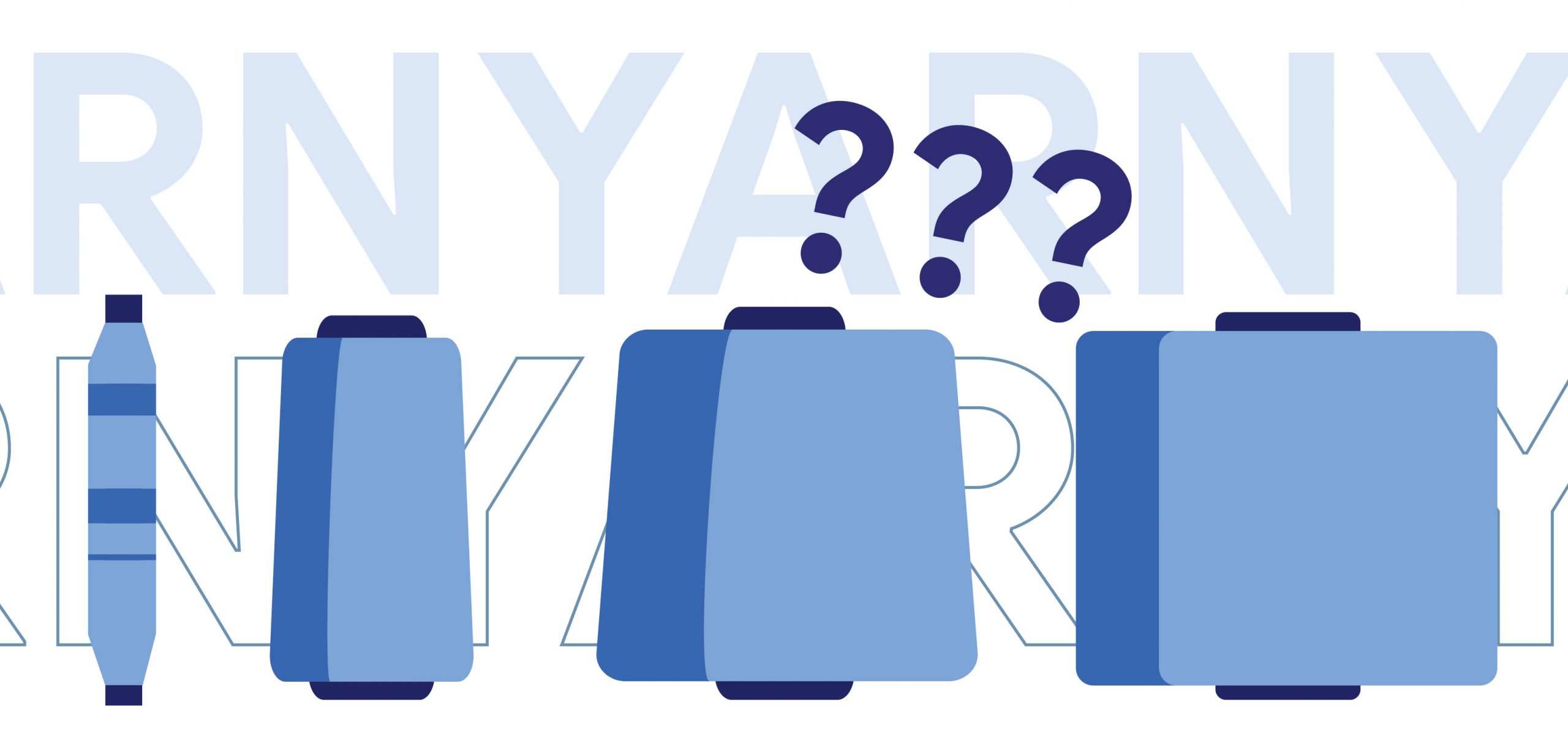
Sợi dệt là gì ? . 4rfe3vdc

Woven yarn is one of the raw materials that determines the quality of garments, yarn is formed by bonding the fibers together to create yarns of a certain strength and length which are then woven in various ways with different structures in knitting or weaving to create fabric.
Fibers are divided into two types: spun yarn and filament. In particular, spun yarn is pulled from small single fibers of short fiber length that are stacked and continuously linked according to many technologies – different spinning methods thereby creating a variety of fiber characteristics, quality and cost. There are popular short fiber spinning technology processes on the market today: Ring pile pot yarn (including CM fiber and CD yarn), Siro yarn, OE rotor yarn,…
What kind of textile fibers are pulled from?
What is textile material? Fibre textile material is a source of raw materials used to create textile fibers, spinning fibers can contain a single type or mix many different types of fibers, textile materials including natural fibers derived from animals – plants such as wool, cotton, bamboo fiber, … and synthetic fibers such as Polyester, Acrylic,…

Features of textile fibers and spinning technology processes
What is pile pot yarn? What is Fiber Ring?
For thousands of years, yarn was manually pulled by hand with a simple low-yield yarn rotation device. The introduction of spinning machines using pile pot equipment in 1828 helped to improve productivity and was also one of the popular spinning methods accounting for a large proportion in the segment of short fiber textiles. The yarn production process is by stretching, straightening the fibrous tapes with an extender and then twisting the single fibers together in the S or Z direction through the movement of the piercing device around the pot and the spinning fiber pile, so that the yarn is created with high astringency and durability, there are many sequences of limbs representing the size of the fiber.

Coarse Yarn Buds Roving through Rollers stretchers then to the Traveller piercing device moving around the Ring pot forming the pile pot yarn wrapped on the Bobbin bud stuck in addition to the Spindle yarn pile
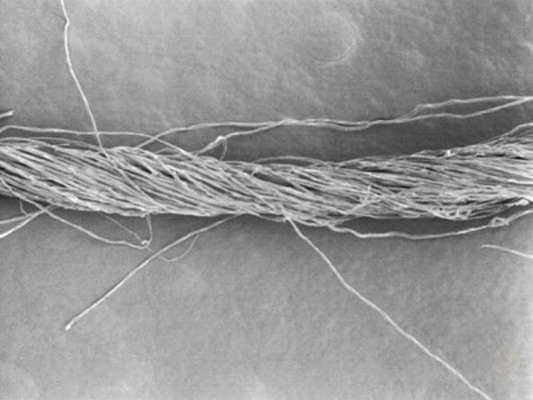
In spinning, also known as Ring yarn, the input material will be coarse yarn, the quality of coarse fibers is formed and divided into two levels through the process of combing or combing. Especially with 100% Cotton spinning pile pot yarn, it is usually divided into two qualities: CM (Combed corresponding to the combing process) and CD fiber (Carded corresponding to the combing process).

What is a coarse brush?
Combing is an important stage in the yarn production process, especially in the coarse spinning line, which greatly determines the quality of the yarn product to meet the processing that continues in the long process of forming the yarn. The purpose of the production of coarse fibers:
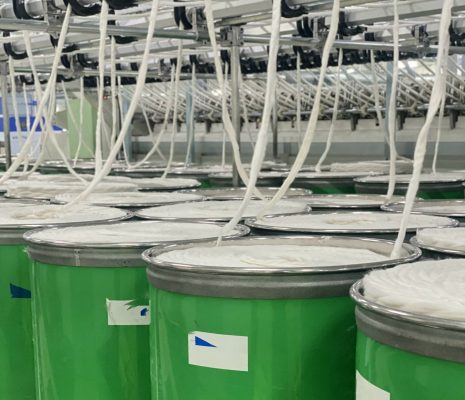
- Create a brushed bow that is highly even in slenderness, composed of separated fibers, distributed parallel to and along the length of the brush bend
- Remove impurities in the cotton layer put into the machine, especially small impurities such as leaf chips, seeds … and a large part of impurities such as unripe seeds, broken soil…. There are also some defects of fiber or errors created by the processing process such as cotton, fibrous seed pods, fiber gout.
- In the production stage of combed yarn, the errors caused by this stage such as: cotton, many impurities, fiber breaks … will not be eliminated at the following stages and will cause errors on fiber products that reduce the quality of yarn. Therefore, the quality of yarn is not high, suitable for the low-price product segment.
What is combed yarn?
In the rough brushed bow, there are many fibers that have not been fully divided, and the cotton, impurities, the fibers in the bow have not been fully straightened and the level of parallelism is not high. So, the combing process is responsible for:
- Completely separate the fibers into single fibers to exclude the formation of cotton flakes when stretching the product.
- Maximum cleaning of impurities and defects.
- Remove short fiber to increase fiber evenness over length.
- Enhance the straightening and parallelism of the fiber to the length in the bend
Combed yarn is a production yarn based on the same steps as the coarse yarn to add the combing stage, this is also one of the most popular cotton yarn production processes or cotton spinning process, thanks to this stage helps the yarn quality better, the yarn is softer and smoother, The cost is also higher than that of coarse combed yarn.
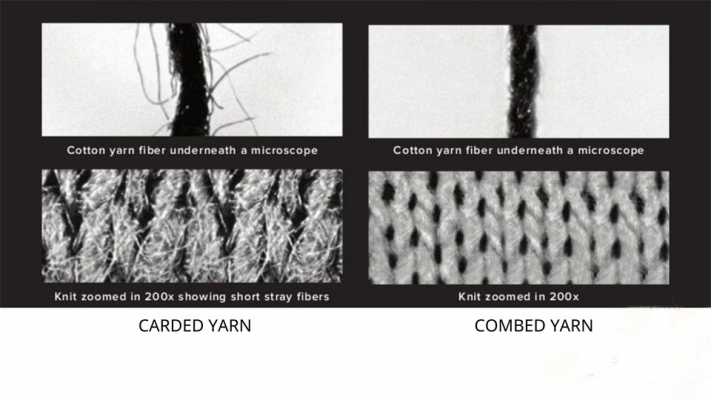
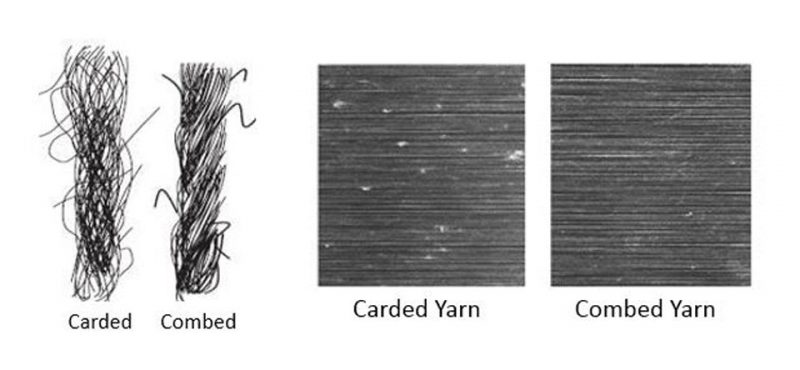
What is OE fiber?
OE (open end) fibers are made up of separate small groups of fibers that accumulate in the rotor groove located around the perimeter of the rotor to create a fiber array while twisting the fiber through the rotor rotations. The crux of the OE fiber manufacturing process is the rotor, where the fibers are gathered and then turned into fibers, the rotation of the rotor creates a torsion force on the fibers.

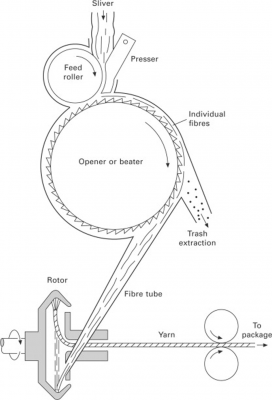
OE fiber characteristics: the core helix structure consists of external fibers that randomly surround the core length, the fiber has a stiffer palpation sensation. Compared to pile pot yarn, OE fiber yield increases by 3-5 times, fiber evenness and abrasion strength are higher, ruffle is reduced, but the strength is lower.
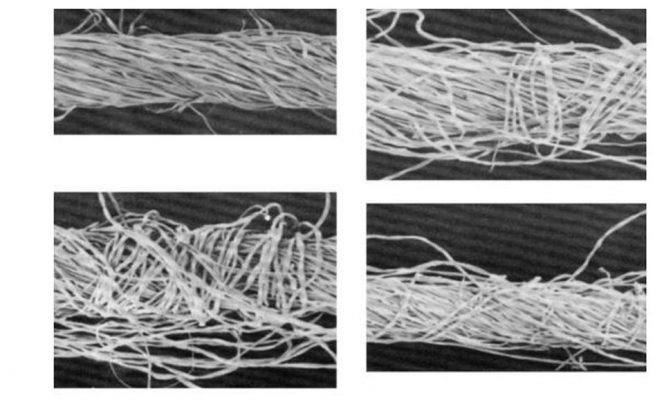
What is Fiber Syrup?
Siro fiber is a double pseudofiber with two 2 coarse fiber tapes passing through the extension in two separate lines, after exiting the front length of the front roller to the fiber conductor, where the two coarse fiber bands will converge at 1 point and twist the two fiber tapes linked together to create a double helix. Finally the syrup yarn is formed and wrapped onto the yarn tube.

Characteristics of syrup fiber: With two threads of fiber in the yarn, this is a simple fiber that combines the advantages of se fiber but creates a more uniform surface, reduces rigidity than car fiber, the quality of the fiber has many advantages compared to the pile pot fiber with high strength, lower ruffleness and better dye permeability.
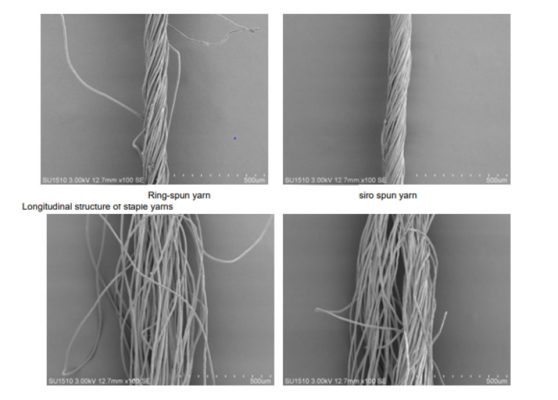
Comparison of textile spinning methods
To evaluate textile fibers with different spinning technology processes, the table below summarizes and compares Ring pile pot yarn, Siro yarn, OE yarn and MVS according to four criteria: appearance, mechanical properties, productivity and cost in the yarn production process:
| CHARACTER | RING | SIRO | OE | |
|---|---|---|---|---|
| Bonded when unfiber | There is only one fiber thread twisting the fiber in the S or Z direction | Consists of two threads twisted together | The core shell structure consists of random shell fibers that do not follow the rules, difficult to remove fibers | |
| Ruffleness | Ruffled a lot (CD yarn ruffles more than CM yarn) | Lower Fiber Ring | Lower Fiber Ring | |
| Evens | Short | Relatively even fibers | Better Yarn Ring | |
| Durability | Higher durability than OE | High durability | Low durability | |
| Abrasion resistance | Short | Syrup fiber is resistant to abrasion but lower than double-convoluted fiber | Higher Fiber Ring | |
| Huntedness | Small hunting | Much higher than Fiber Ring | Higher huntability than Ring yarn | |
| Spinning rate | The yarn is heavily broken | More broken yarn Less broken and more durable than Ring yarn |
Lower Fiber Ring (75% off) | |
| Spinning speed | The machine is capable of pulling more than 1800 subfiber piles | The yield is higher than the double convolution. | Higher, can be achieved at rotor speeds of 80 000 – 110 000v/p | |
| Price | CD yarn price is more competitive than CM yarn | Higher price than Ring yarn | Most competitive price |
Application of textile fibers

The quality of yarn directly affects the value of the finished product, so the spinning methods are concerned in terms of equipment and technology, depending on the type of product applied as well as the segment used, there will be options to choose textile fibers from raw materials to different yarn production processes:
- For products that require high quality, soft requirements, it is common to use the process of spinning pile pots with combed quality or syrup fibers.
- For products that require a less ruffled surface and high resistance to clumps, MVS fibers are often used, especially the main ingredients from Polyester often prioritize using this spinning system, the resulting product also creates a feeling of dryness.
- For products that require low cost, the coarse-brushed spinning segment or OE yarn is the optimal choice
Conclude
As a reputable yarn supplier who always accumulates and updates textile industry knowledge, knowledge of yarns and cotton industry knowledge and spinning machines, COTCO understands the value and desire of customers about each product with the corresponding spinning technology process, Currently, in addition to the staples of combed pile pot yarn, COTCO also provides some higher quality such as syrup yarn or low-cost segment with OE or CD fiber quality with a variety of raw materials from Cotton, Polyester, CVC phase yarn or TC yarn, ..
